Table of contents
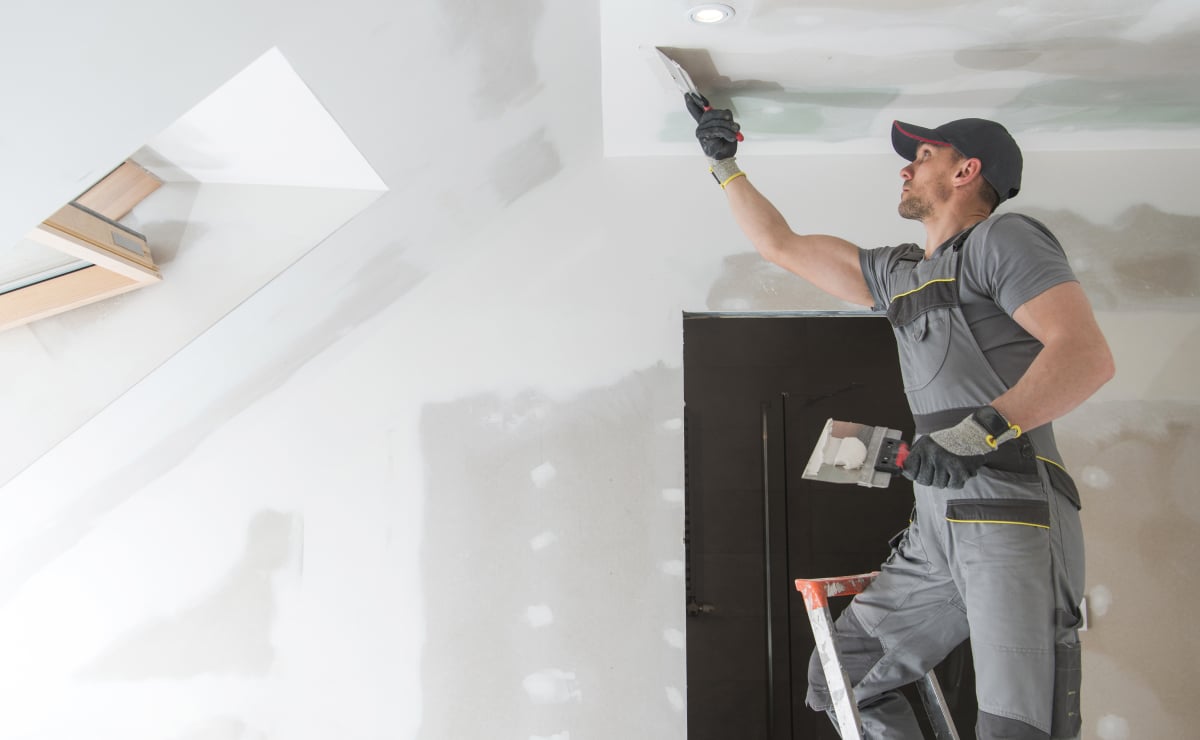
The civil construction has more and more technologies and innovations to be explored in the constructions. drywall is a practical alternative for the construction of walls and partitions in internal spaces, and can very well replace masonry. besides the practicality, this technology is considered clean, due to its recyclable components and raw materials without toxic waste, as well as by theLearn about this option for your construction site and see its main advantages and doubts answered.
What is drywall?
Also known as plasterboard, drywall technology is a dry construction method that consists of prefabricated structures made of steel and plasterboard. Versatile and practical, it can serve as partition walls, acoustic insulation and even create furniture and niches. It is a great resource for customizing, allowing cutouts, unevenness and curves. Its installation is fast, as well asThis is why it is the best option for renovations and transformations that require agility.
Types of Drywall
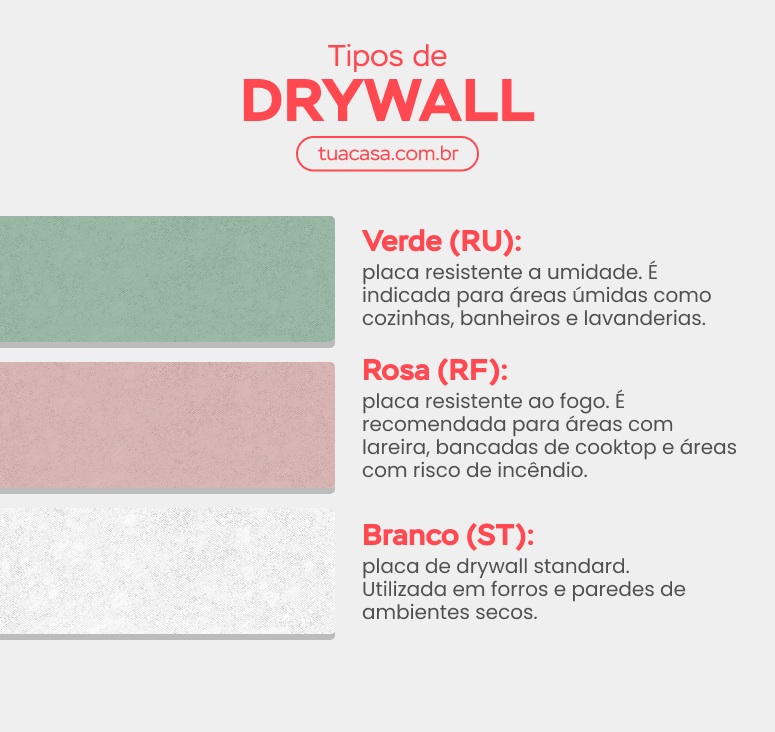
There are different types of drywall for special cases. Its fillings configure different insulations, such as thermal and acoustic, and there are three types of sheets that are differentiated by tonalities and purposes, such as wet areas or those that need fire resistance. Check them out:
- Green(UK) It is indicated for application in humid areas such as kitchens, bathrooms, and laundry rooms.
- Pink (RF) : it is fire resistant due to the presence of fiberglass in its composition, and is recommended for areas with fireplace and cook tops.
- White (ST) : is the standard drywall board, considered the most basic of the three. It is widely used in ceilings and walls in dry environments.
Advantages and disadvantages of drywall
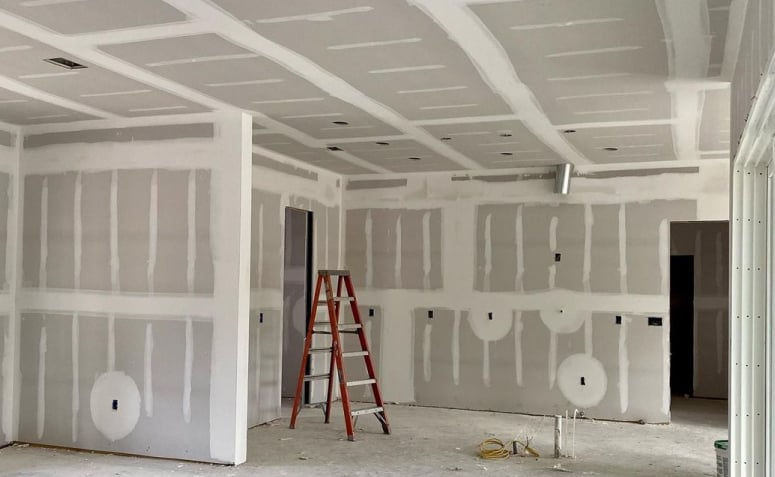
According to engineer Barbara Moraes, the installation of a drywall wall is faster, has a better cost in relation to masonry and causes less dirt on the job site. However, just like all other construction materials, it also has advantages and disadvantages.Analysis:
Advantages
Among the main advantages of using drywall are
- Agility of application: does not require the construction of a base as in masonry;
- Speed of the work: easy to cut, light product, and less mess;
- Less rigid than conventional walls: an advantage over masonry, which cracks or splits with structural movements;
- Provides thermal comfort: due to the existence of air cushions between the plates or wool padding;
- Simplified reforms: you only have to dismantle the system to discard it;
- Ease of maintenance: to upgrade electrical, hydraulic, or electronic installations, only the necessary part is torn off, which is then reconstituted with a patch;
- Less robust and more economical structure: due to its composition and thickness that rationalize the construction ;
- Multiplicity of finishes: just like traditional walls, drywall also supports textures, paintings, wallpapers, ceramics, and tiles, always paying attention to sealing and waterproofing.
Disadvantages
However, its negative points are:
- The system is less resistant to impacts than masonry, but meets the technical performance requirements regarding weights, impacts, and other aspects;
- It presents acoustic problems, which can be quickly solved with the application of sandwich or rock or glass mineral wool filler.
For those looking for a fast, clean, and resistant work, the drywall system is a great option. In addition, it can be used for adaptations in old constructions or even to quickly complete modern construction methods such as steel frame or prefabricated buildings.
7 questions and answers about the use of drywall
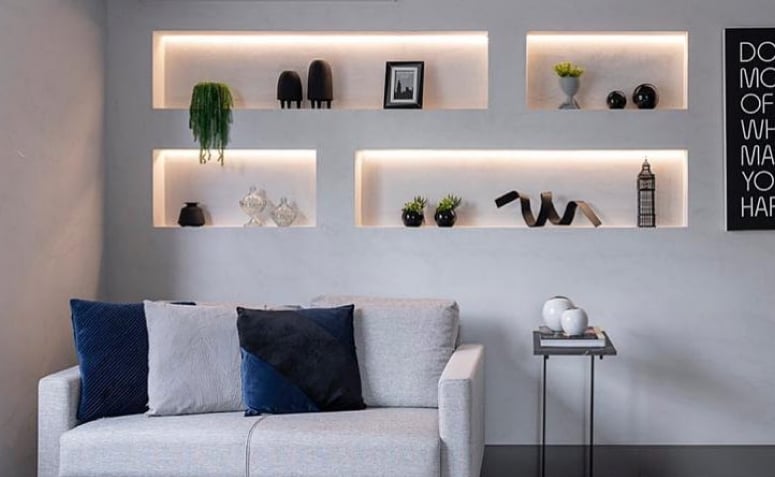
An efficient alternative for constructions and renovations, the use of gypsum board is growing, but still permeated with a series of doubts about its applicability. Below we list the main doubts and clarifications concerning these possibilities.
1. what is the difference between normal plaster and drywall?
The drywall is more resistant due to its metallic structure, while the common plaster (with plaster plates hung and anchored) offers the risk of cracks or fissures due to the natural movements of the building.structure only with wires fixed with plaster on the slab," adds the engineer.
2. how expensive is it to make drywall walls?
According to Barbara, the average price for a 60m² apartment in São Paulo can cost R$ 80.00 per meter, while the same construction with masonry increases to R$ 100.00. This price difference is often due to labor and prices can vary by region and footage to be installed.
3. May I hang heavy objects on a plaster wall?
"The drywall can support up to 50 kg/m², however, this value may differ from one manufacturer to another", comments the engineer.It is necessary to distribute the weight between the uprights, i.e., to apply a support between the steel profiles to avoid cracks in the plaster. For marble countertops, which can reach up to 60kg/m², it is necessary to use these interior reinforcements, which are pieces of wood or sheet metal fastened between two vertical steel profiles.
4. can the drywall boards support the placement of doors?
The professional recommends only specifying in the project where the doors will be installed, "the galvanized steel structure will be installed at the end of the drywall where the door will be fixed. The jamb gets uprights and a metal lintel at the top of the span; the jamb is secured with screws or expansion foam. In sliding doors, the lintels get rails that can be hidden with theconstruction of a second simple wall in front of it".
See_also: 90 ideas with wood veneer that leave a beautiful finish5. is drywall resistant? can it withstand a kick, for example?
Drywall is designed to absorb natural movements, resisting impact and door slams without damage.
See_also: Re-signify the space with the vibrant color ochre6. May I use coatings over the plaster?
"The plaster wall allows for different finishes, from a simple painting to more sophisticated coverings such as ceramics, tiles, tablets, and wall papers, among others.
7. May I use drywall in any part of the house?
As there are several types of plates, their applications are quite versatile, being used in any environment free of leaks or using the specific plate with coating, adds Barbara Moraes. The white one for corridors, bedrooms and dry areas; the pink one for enclosed stairways and emergency exits and the green one for humid areas, such as restrooms, kitchens and service areas.
How to apply plaster walls

First of all, make sure that the floor, the walls, and the ceiling are well leveled; with a level, a tape measure, and a pencil mark the installation points of the guides on the floor, wall, and ceiling; with a marking string draw the thickness of the wall, and with specific scissors cut the guides and uprights to the correct size, according to the markings made previously.
Step by step
Barbara Moraes explained how the sequence of the procedure is:
- Installing the guides : fix the insulation tapes on the guide and fix them on the floor, on the wall, and on the ceiling following the markings; with a drill, drill the guides until they cross the floor, leaving a 60cm space between the holes and fixing them with wall plugs and screws.
- Installation of the uprights : from the ends to the middle, fit the uprights with metal-to-metal screws into the guides from the outside in, leaving a distance of 40 to 60cm between one and the other.
- Installing the plates With the plate in a vertical position, screw it to the upright, starting from the top down and respecting 1cm from the edge of the plate (the distance between one screw and the other will be 25 to 30cm and the screw head will be about 1mm inside the plate).
- Tying If the height of the sheet is less than the right foot, complete it by cutting another sheet, always on the cardboard side and with 1cm less; tie the sheets together keeping the joints alternated.
- Installing insulation : cut the glass wool or mineral wool sheets and fill them in between the uprights.
- Installing the plates on the other side : repeat the installation of the plates after the filling; if on the other side the plates were spliced to assemble the height from bottom to top, on this side splicing from top to bottom, avoiding splicing in the same places.
- Grout Apply micro-perforated tape on top of the first coat of paste; apply another coat hiding the tape, and after it dries, apply another coat for a uniform finishing.
- Finishing : sand the wall after the grout dries, this way it will be ready to receive the desired coating (the side that is colored).
10 projects that show the versatility of drywall
A cheap, modern, and refined alternative for the renovation of the decoration of the most varied areas of the house. If you are interested in this construction system, you should know that its application goes far beyond the creation of walls or ceilings:
1. niche made with drywall sheet

2. drywall allows embedding LED profiles for lighting
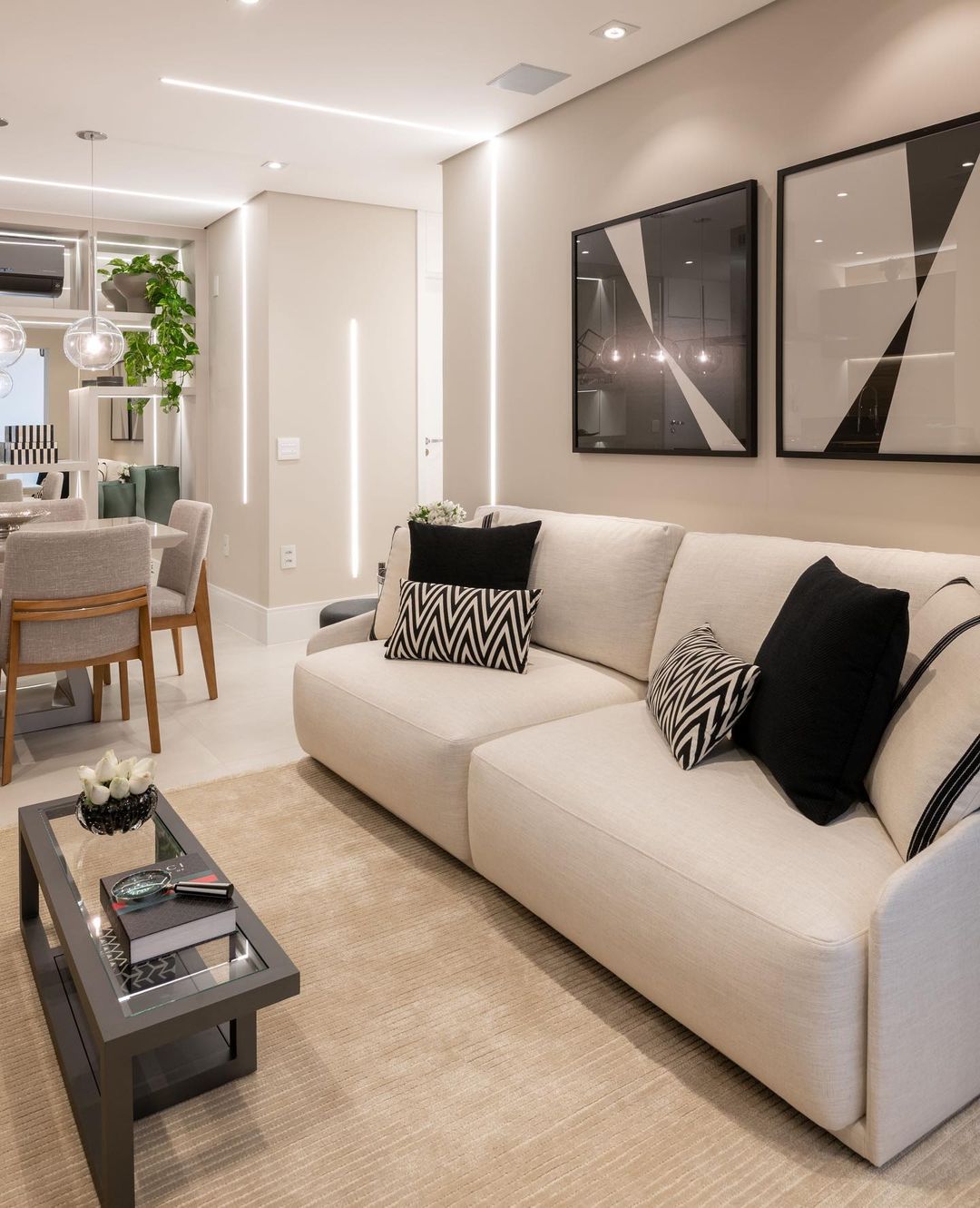
3. it is possible to create a beautiful TV panel

4. bathroom with plasterboard walls
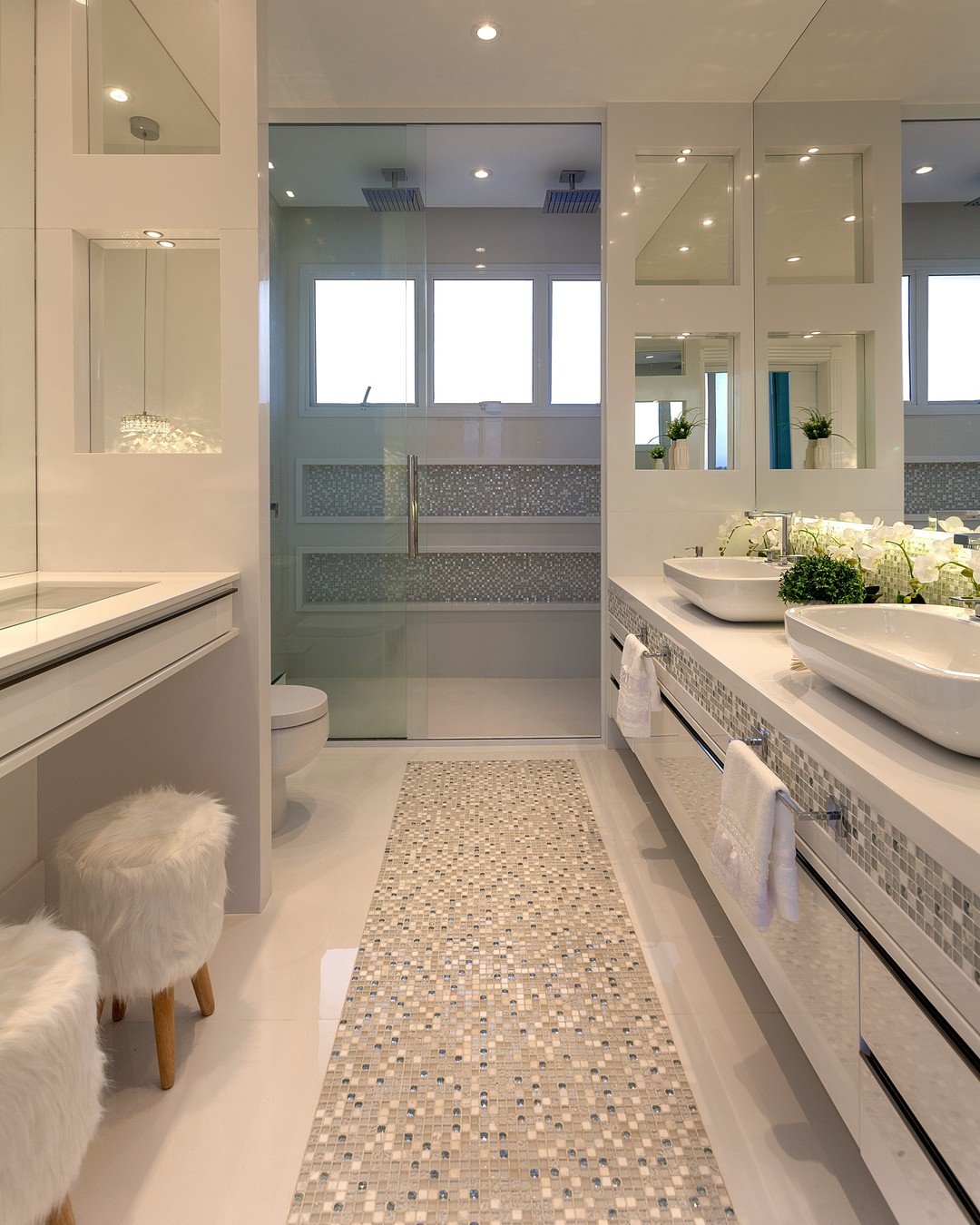
5. for those who want a movie theater
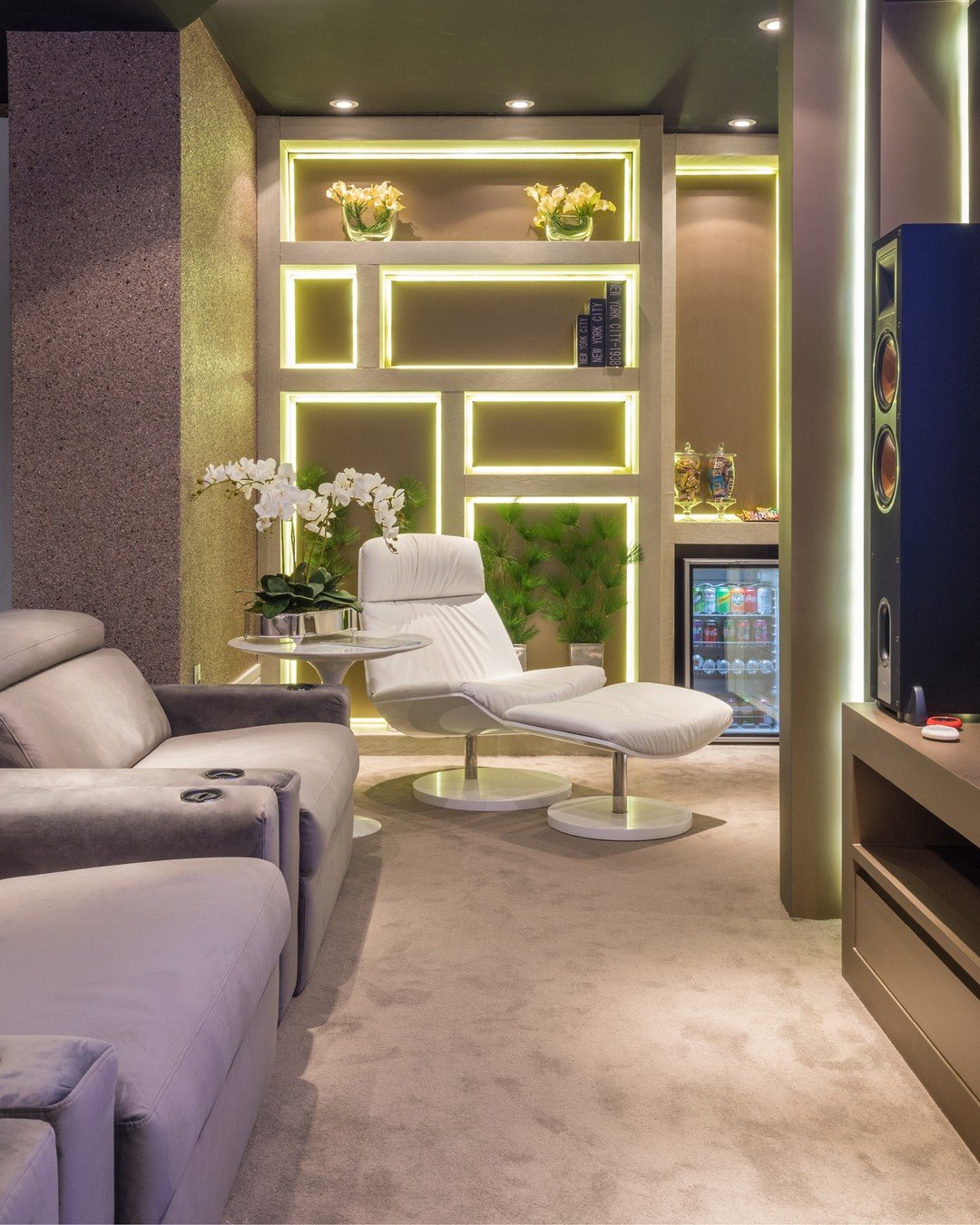
6. drywall enables walls with niches and curves
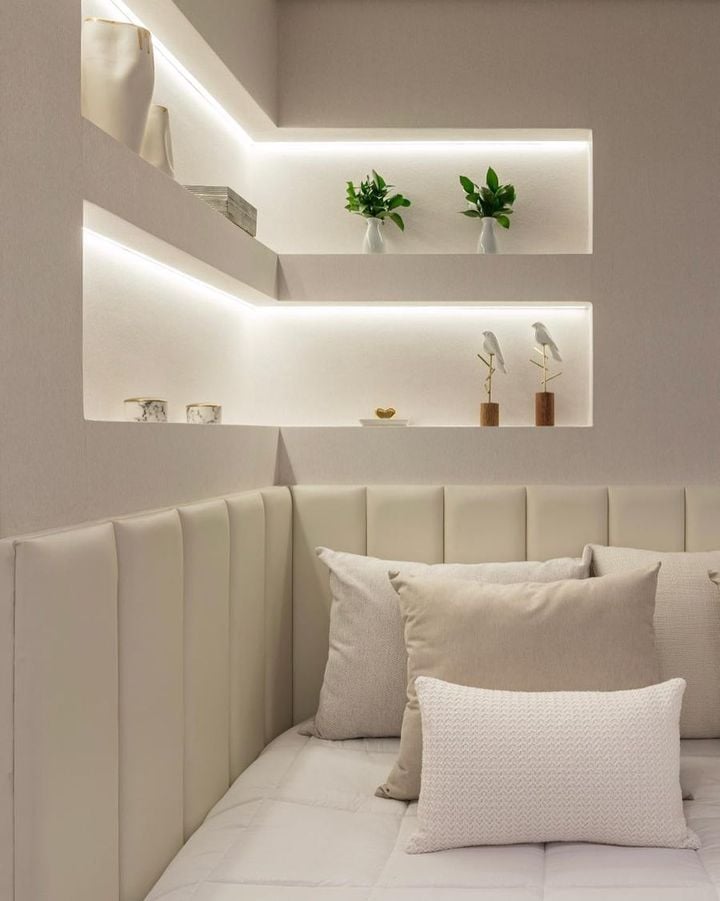
7. partition wall for environments
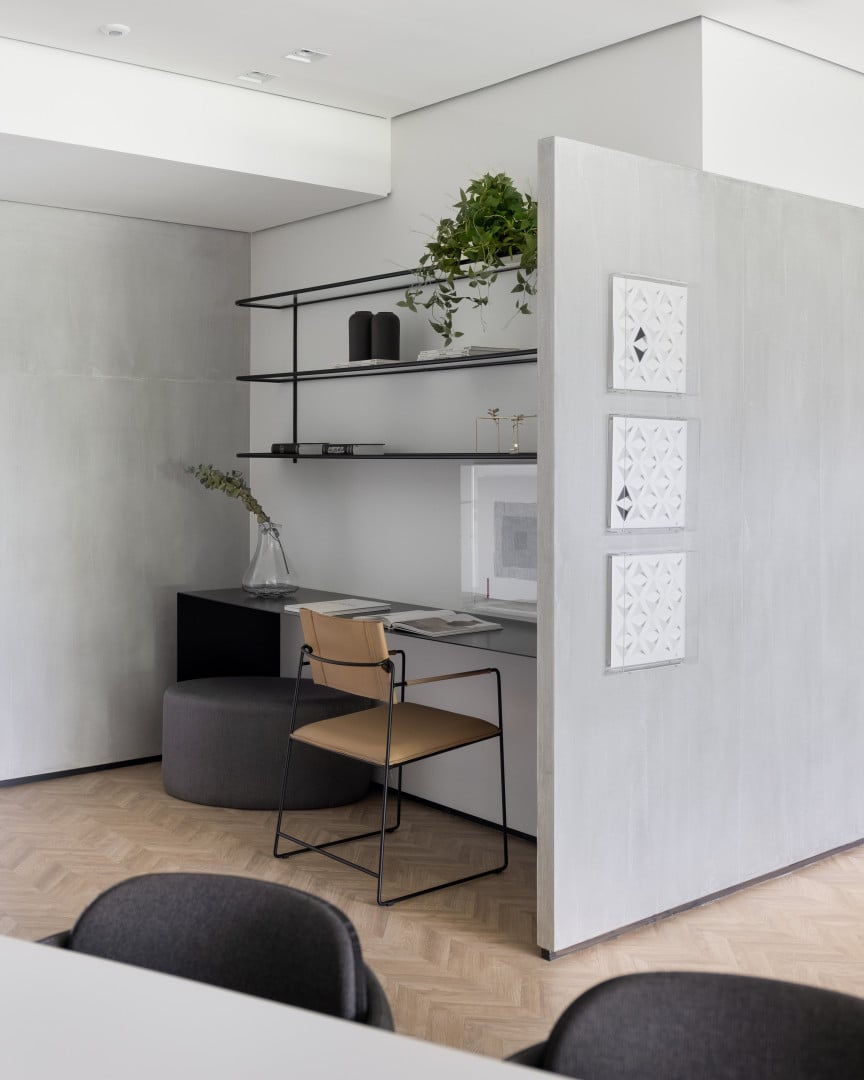
8. creative cutouts for decoration
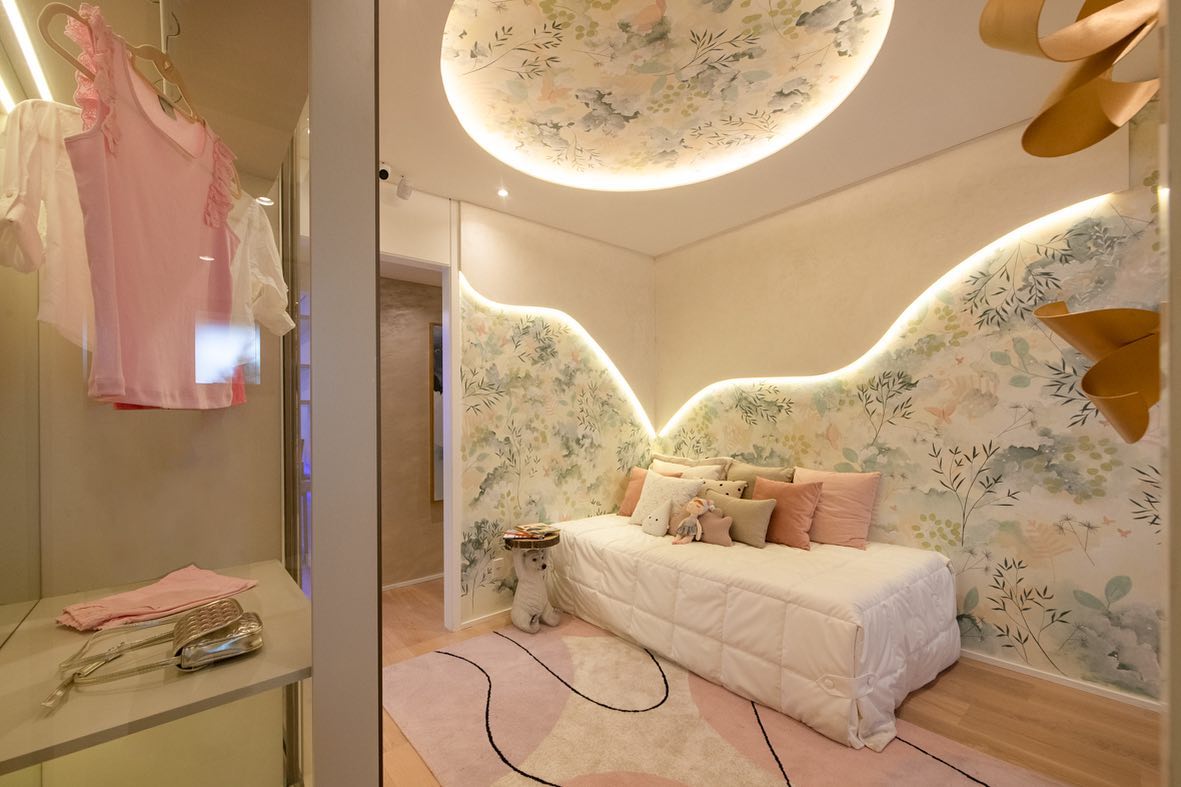
9. dare in the composition of your room
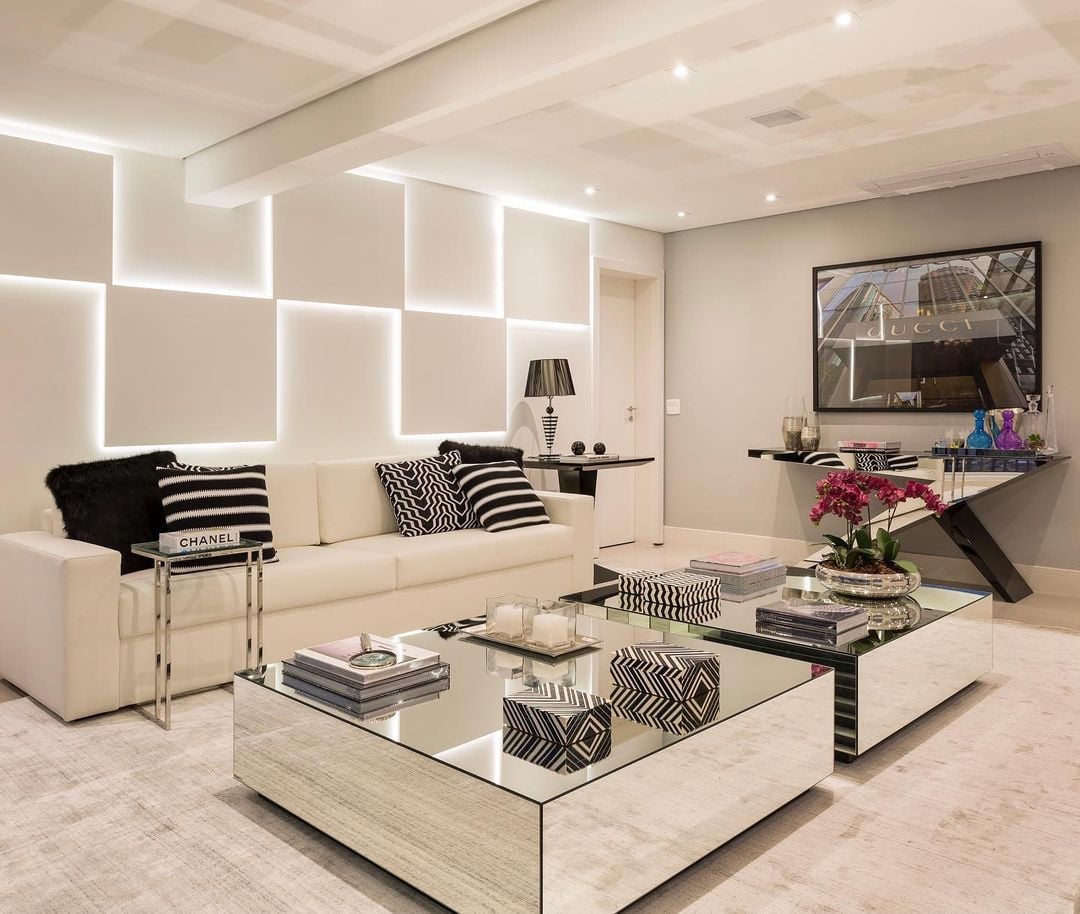
10. drywall walls are ideal for space optimization
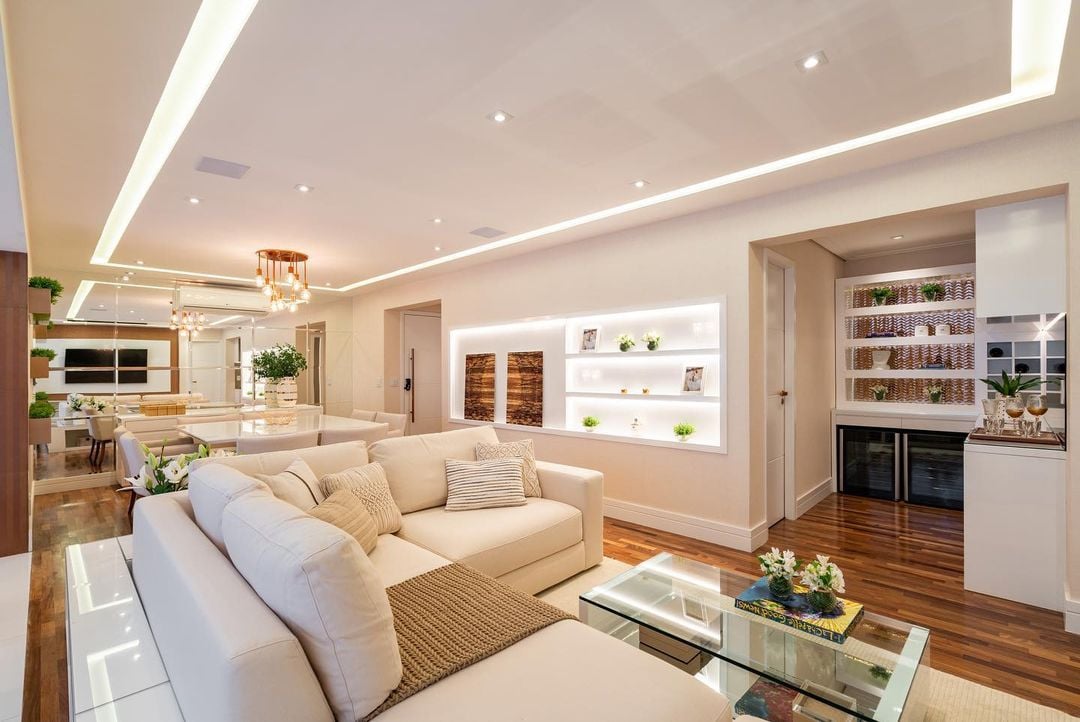
The versatility and functionality of the drywall walls help demystify the idea that they are fragile constructions. Their thickness takes advantage of the spaces of the environments without the need for large renovations and wall breaks, presenting itself as an option that is not only economical, but also linked to ecological issues when we talk about clean constructions. Take advantage and see how to have a sustainable home.


